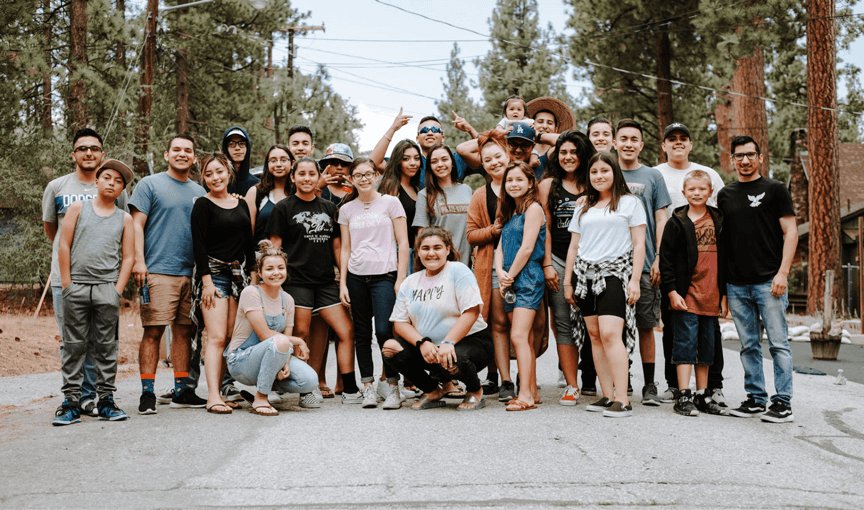According to the World Economic Forum, it is expected that nearly 40% of workers’ existing skill sets will be transformed or become outdated by 2030. Education must focus on the skills and competencies needed for success, but schools generally emphasize the here and now. The STEAM Design Process enables students to develop these future-ready skills in order to succeed professionally as adults.
Starfish Education has been utilizing and promoting the Makerspace concept in Thailand since 2017, coined as “Starfish Maker”. It developed the STEAM Design Process to use with this concept - a cyclical process that involves a set of steps – Ask, Imagine, Plan, Create, and Reflect/Redesign.
Starfish Maker empowers students to experience self-centered learning and opens up opportunities for students to experiment, try, and work independently. This promotes students’ confidence, allows them to discover their untapped potential, and enables them to independently practice problem-solving processes, transforming them into critical thinkers and effective problem solvers.
It can be used in different school contexts - abundant or limited resources, urban or rural, and focuses on cultivating future skills and competencies for learners and is achievable within the context of Thai schools. It can be integrated into existing curriculums with little change needed in the average school week.
Initially run as an in-house innovation at Starfish School in Chiang Mai, Thailand, in 2018 we began to scale up to other schools, both public and private. Working together with various Thai government agencies and the Ministry of Education, we have to date worked with over 400 schools throughout Thailand to introduce the STEAM Design Process concept to students, teachers, administrators and parents.
Our status as a designated pilot innovation school by the Ministry of Education has further increased visiting schools and organizations which can learn more about this and other Starfish-made innovations.
You can visit our website to learn more (www.starfishedu.org), contact us via email to arrange a meeting (info@starfishedu.org), or visit our Chiang Mai or Bangkok offices.


.png)


